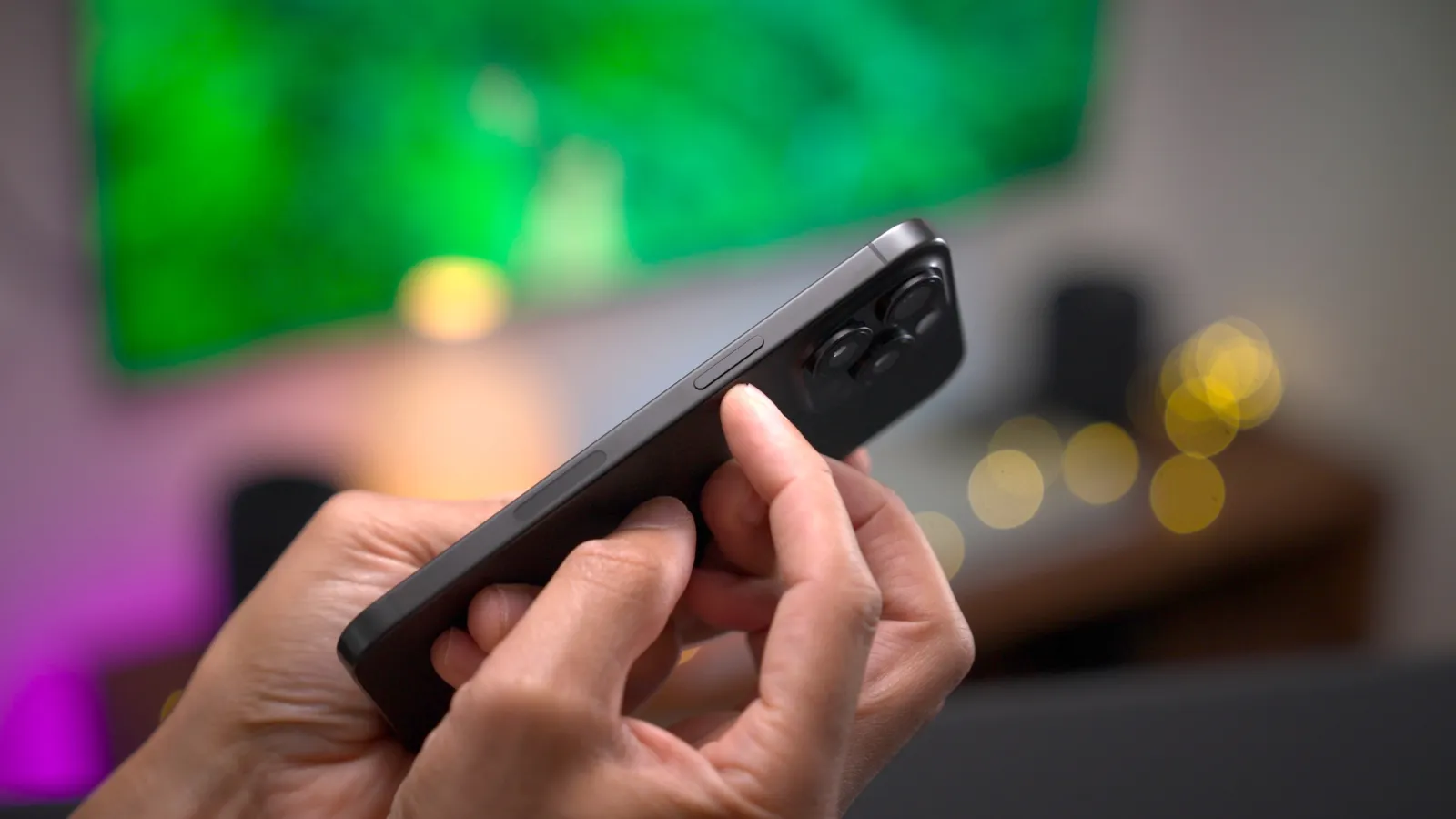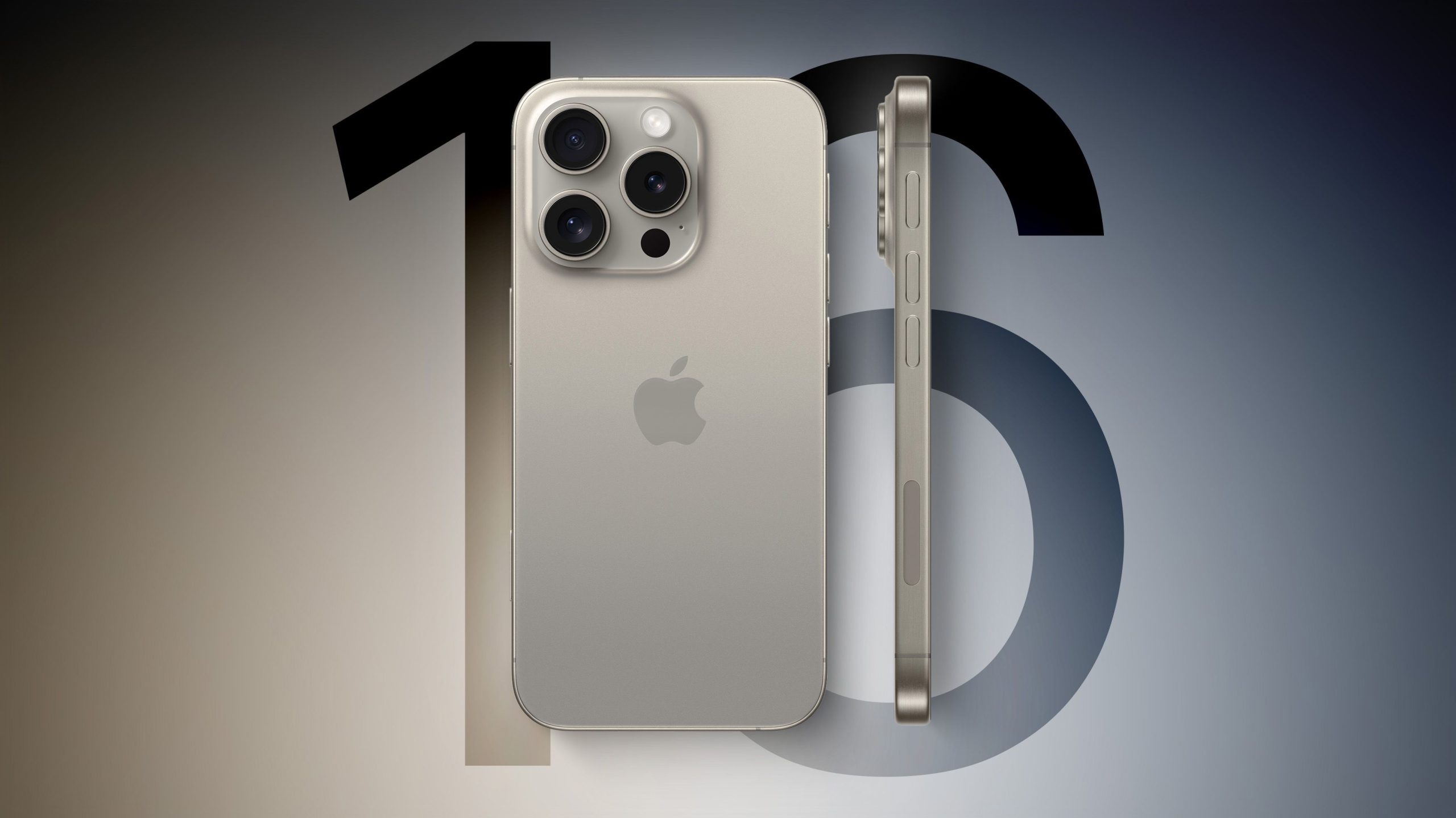Highlights
- Apple orders capacitive button systems for iPhone 16.
- Capacitive buttons to enhance iPhone durability and water resistance.
- Addition of Taptic Engines for feedback in new iPhone design.
- Shift from physical to capacitive buttons represents a significant design change.
There have been persistent rumours that Apple plans to switch from physical to capacitive buttons on a future iPhone model.
A recent supply chain report has made a big claim that might upset or put a smile on Apple fans, depending on how you feel about it.
Apple has placed an order for a new capacitive button system that could replace the entire suite of physical buttons on the iPhone 16.
Supply Chain Order

According to a report from Economic Daily News, Apple has engaged Advanced Semiconductor Engineering to provide integrated system modules for this transformation.
Capacitive buttons, which are touch-sensitive and lack physical form, offer a different user interaction compared to traditional buttons.
Why is this move unprecedented?
Well if you haven’t been living under a rock, you would know that Apple had previously scrapped plans for capacitive buttons on iPhones.
About a year ago, analyst Jeff Pu had stated that there was a low chance of Apple adding solid-state buttons to upcoming iPhones.
But it seems now we are hearing contrary to the popular opinion.
So what gives?

Adding solid-state buttons could help fulfill Apple’s vision of a buttonless and eventually portless iPhone.
Without physical buttons, there is less chance of the iPhone breaking, and it improves water and dust resistance.
However, Apple may still need some physical buttons for functions like forcing a restart or waking up the device when turned off.
Let’s see how Apple will figure that out.
The report also suggests that Apple may add two additional Taptic Engine components to either side of the iPhone 16 to provide vibration feedback when pressing the capacitive buttons.
Apple iPhone 16 Specs
GENERAL
| Sim Type | Dual Sim, GSM+GSM |
| Dual Sim | Yes |
| Sim Size | Nano + eSIM |
| Device Type | Smartphone |
| Release Date | September 07, 2024 (Expected) |
DISPLAY
| Type | Color OLED Screen (1B Colors) |
| Touch | Yes |
| Size | 6.12 inches, 1200 x 2600 pixels, 120 Hz |
| Aspect Ratio | 20:9 |
| PPI | ~ 447 PPI |
| Features | Super Retina XDR Display, HDR Display, True Tone, Wide Color (P3), Haptic Touch, 1200 Nits Max Brightness (HDR), Support for Display of Multiple Languages and Characters Simultaneously |
| Notch | Yes, Small Notch |
MEMORY
| RAM | 8 GB |
| Storage | 128 GB |
| Card Slot | No |
CONNECTIVITY
| GPRS | Yes |
| EDGE | Yes |
| 3G | Yes |
| 4G | Yes |
| 5G | Yes |
| 5G Bands | 5G NR (Bands n1, n2, n3, n5, n7, n8, n12, n20, n25, n26, n28, n30, n38, n40, n41, n48, n53, n66, n70, n77, n78, n79) |
| VoLTE | Yes |
| Wifi | Yes, with wifi-hotspot |
| Wifi Version | Wi-Fi 7 |
| Bluetooth | Yes, v5.4, A2DP, LE |
| USB | Yes, Lightning Port |
| USB Features | USB on-the-go, USB Charging |
EXTRA
| GPS | yes with A-GPS, Glonass |
| Fingerprint Sensor | No |
| Face Unlock | Yes |
| Sensors | Barometer, Three‑axis Gyro, Accelerometer, Proximity Sensor, Ambient Light Sensor |
| 3.5mm Headphone Jack | Lightning |
| NFC | Yes |
| Water Resistance | Yes, 6 m upto 30 min |
| IP Rating | IP69 |
| Dust Resistant | Yes |
| Extra Features | Satellite Connectivity, Crash Detection |
CAMERA
| Rear Camera | 48 MP f/1.5 (Main) 12 MP f/2.4 (Ultra Wide) with autofocus |
| Features | Panorama, Night Mode, Deep Fusion, Smart HDR 4, Photographic Styles, Burst Mode, Photo Geotagging |
| Video Recording | 4K @ 24/25/30/60 fps UHD, 1080p @ 25/30/60 fps FHD |
| Flash | Yes, Dual LED |
| Front Camera | 12 MP f/1.9 (TrueDepth) with Retina Flash |
| Front Video Recording | 4K @ 60 fps UHD, 1080p @ 60 fps FHD |
TECHNICAL
| OS | iOS v18 |
| Chipset | Apple Bionic A17 |
| CPU | Octa Core Processor |
| GPU | Apple 4 Core GPU |
| Java | No |
| Browser | Yes |
MULTIMEDIA
| Yes | |
| Music | AAC‑LC, HE‑AAC, HE‑AAC v2, Protected AAC, MP3, Linear PCM, Apple Lossless, FLAC, Dolby Digital (AC‑3), Dolby Digital Plus (E‑AC‑3), Dolby Atmos and Audible (formats 2, 3, 4, Audible Enhanced Audio, AAX and AAX+) |
| Video | HEVC, H.264, MPEG‑4 Part 2 and Motion JPEG, HDR with Dolby Vision, HDR10 and HLG |
| FM Radio | No |
| Document Reader | Yes |
BATTERY
| Type | Non-Removable Battery |
| Size | 3500 mAh, Li-ion Battery |
| Fast Charging | Yes |
| Wireless Charging | Yes, 25W MagSafe |
| Music Playback Time | 100 hours |
FAQs
What are capacitive buttons and how do they differ from physical buttons?
Capacitive buttons do not physically depress but respond to the touch of a finger. They offer a smoother design and potentially greater durability than traditional mechanical buttons.
Why is Apple considering capacitive buttons for the iPhone 16?
Apple aims to increase the durability and resistance of their devices against water and dust. This move could also lead toward a sleeker, buttonless iPhone design.
Will the iPhone 16 still have ways to force restart or wake up the device?
Although moving to capacitive buttons, Apple is likely to design alternative methods for essential functions like force restarting or waking up the iPhone to ensure usability remains intact.
What does the addition of Taptic Engines imply for the iPhone 16 user experience?
The inclusion of more Taptic Engines aims to enhance haptic feedback, making interactions with capacitive buttons more tactile and responsive.
How reliable is the information about Apple’s switch to capacitive buttons?
The details come from a supply chain report by Economic Daily News, noting Apple’s order with Advanced Semiconductor Engineering for system modules geared towards this new technology.
Also Read: iPhone 16 Series Rumoured Battery Capacities Revealed Signalling A Potential Shift in Longevity
Also Read: iPhone 16 Series Rumours: 3 New Design Overhauls and New Features
